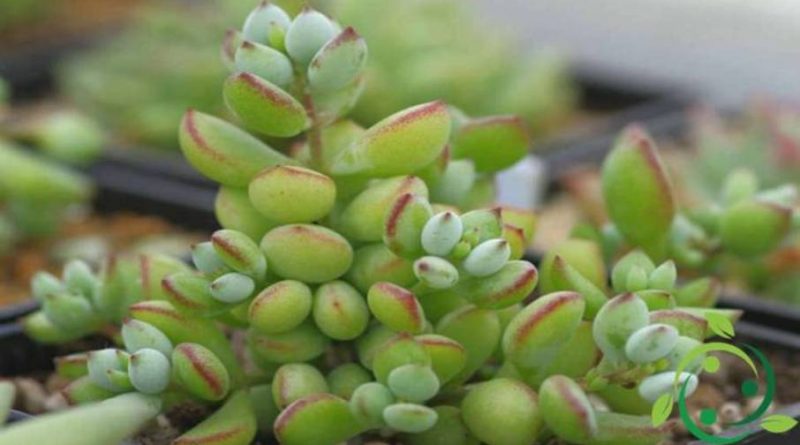How to grow Cotyledons
How to grow Cotyledons
Cotyledon are a genus of succulent plants of the crassulaceae family native to South Africa. They are semi-bushy plants, which can take various forms, with fleshy leaves and flowers, hanging in almost all species; they have colors that can vary from red to yellow.
Among the cultivated species we recall:
– Cotyledon decussata: with leaves arranged in a rosette at the apex of the spatular branches of green color and bordered of red and yellow flowers streaked with red;
– Cotyledon macrantha: with large branched stems, fleshy leaves with red edges and orange-red flowers;
– Cotyledon orbiculata: small plants with large fleshy leaves with silvery reflections and reddish edges have red-yellow flowers;
– Cotyledon umbilicus-veneris: this plant, also called the navel of Venus, scodellina and capecchiolo, has basic, fleshy, umbilical leaves in the center, which form a sort of small bowl with petiole; it is one of the very few Italian succulent species;
– Cotyledon undulata: plant that reaches up to 70 cm in height, with a very robust stem and whitish leaves that take on an almost triangular wavy shape at the edge; the flowers are yellow-orange.
In this card we will see how to grow Cotyledon following the agronomic indications and the most suitable devices.
The Cotyledon are plants that need exposures in full sun; they tolerate cold and cold temperatures quite well but do not tolerate frost. These are plants that can also be grown in the open ground in rock gardens but in areas with a mild climate.
For this reason, in winter they will be exposed to a temperature that is not below 4 ° C but in a very bright position.
The suitable substrate for these plants must be porous, in a mixture of earth and coarse sand.
For irrigation, as for other succulent plants, these must be regular from the vegetative restart until the summer; scarce in autumn and void in winter but applied between one shift and another only when the growing medium has already dried.
Let’s see the fertilization.
The fertilization of these plants must be richer in phosphorus and potassium and less in nitrogen. It should be administered before the vegetative growth or in liquid form appropriately diluted in the water of the watering or, alternatively, mixed with the ground, at the base of the plants; in this case a very humified organic fertilizer or slow release granular fertilizer can be used.
As for propagation and multiplication, the Cotyledons reproduce by seed but can be multiplied, in spring, also by cuttings and even better by division of the tufts.
If starting from seed, they should be placed in a bed of damp sand at a temperature of about 21 ° C.
For cuttings, on the other hand, they must be dried in the air for at least 2 days, after which they are rooted in a mixture of peat and sand.
Finally, if the division of the tufts is carried out, which is the safest and most probable procedure, this is carried out by detaching the lateral suckers, with all the roots, and at the same time they are packed into individual containers with suitable soil.
For repotting instead, as for other succulent plants, care must be taken when the plant shoots have occupied the whole pot. The most suitable period is spring.
Among the adversities, we note, as usual, for almost all succulent plants, the rots of the roots that occur in the case of water stagnation; a parasite that can create some problems is the red spider, which weaves small spider webs between the stems; finally you can have problems with the black aphids that form blackish deposits on the leaves; this last case is however more frequent when the fertilizations are wrong using fertilizers with a higher content in nitric nitrogen.

